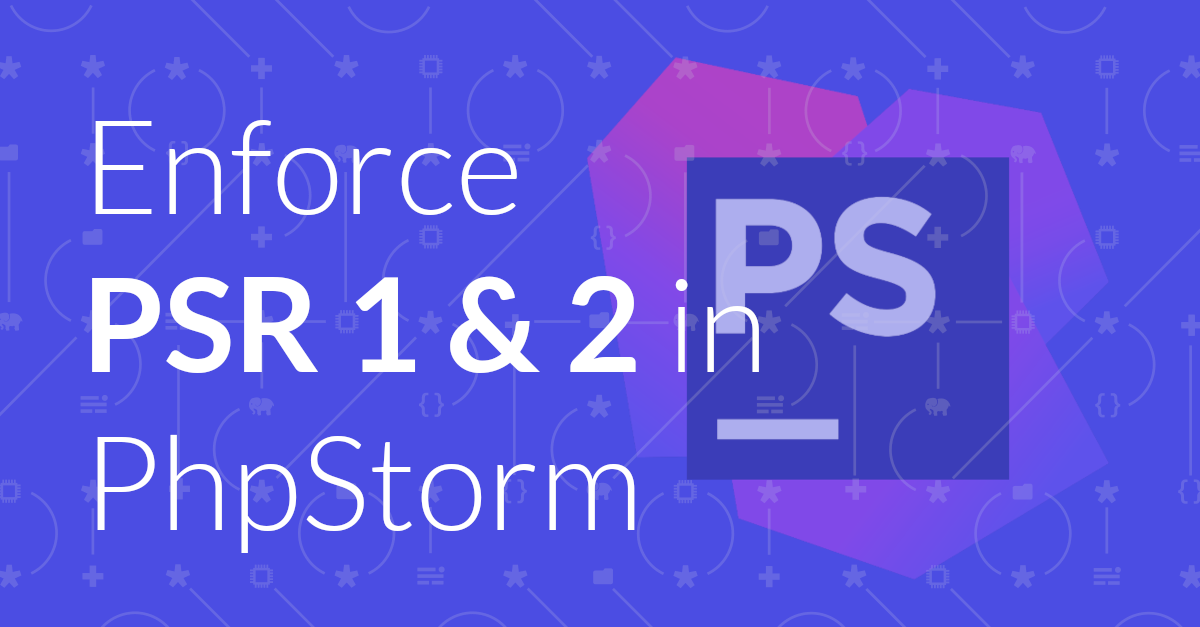How to Self-Publish a Book
Recently I dateed my first book, Zend Framework 2 Foundations and I’m really excited. Not only is it on my
Recently I dateed my first book, Zend Framework 2 Foundations and I’m really excited. Not only is it on my
Whether you’re completely new to Zend Framework, have experience in other PHP frameworks, such as Symfony, CodeIgniter, Laravel, Kohana and FuelPHP or have a background in other, MVC-based frameworks, get the book that teaches you what you need to know to develop successfully with Zend Framework 2.

These days it seems like everyone and their dog wants to “quit the daily grind” and, in some form or other, start their own business. One of the most talked about options is being a freelancer. Problem is, an employed and self-employed mindset aren’t the same. And if you’re not careful, you’ll likely fail as a freelancer, in spite of all your enthusiasm and skills.

As software developers you should use coding standards. In today’s post, learn how to enforce the PSR-1 and PSR-2 coding standards with PHPStorm.
Want an easy way to configure caching in ZF2 applications? Today’s shows you how with a little-known option StorageCacheAbstractServiceFactory.
Do you need access to a service from the ServiceManager in a custom Controller Plugin you’re creating? Today’s tutorial shows you just how to do it, in a testable and documentable way.
In this tutorial, we see how to use abstract factories to configure the ServiceManager in Zend Framework 2. It’s one of the simplest approaches available.

I’ve been a software developer for close on 14 years now. But for only a precious few moments during those
In today’s tutorial, we’re going to learn how to retrieve and display an Instagram photostream in Zend Framework 2.

Need an app to write for the web, focus only on your words; which exports to multiple formats and be backed up anywhere? Hello DraftIn!